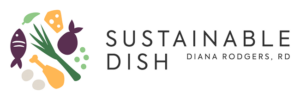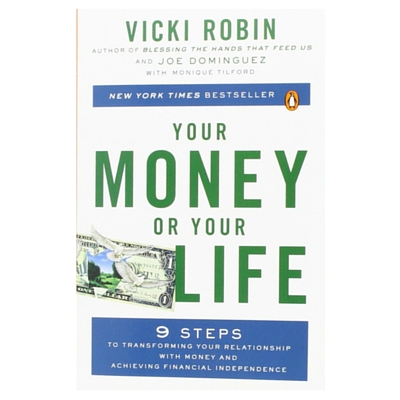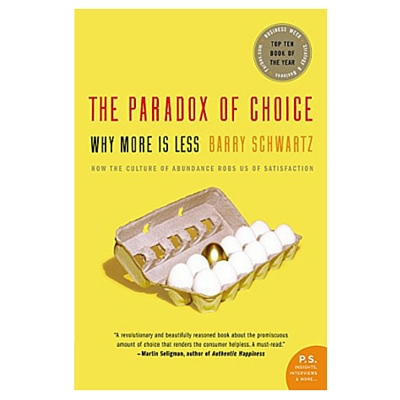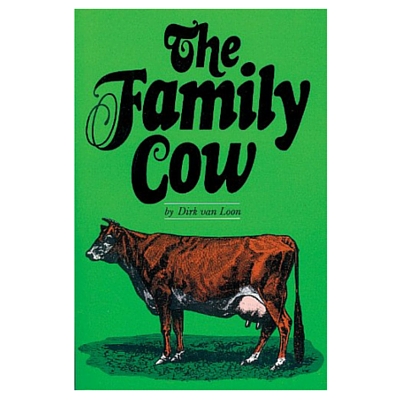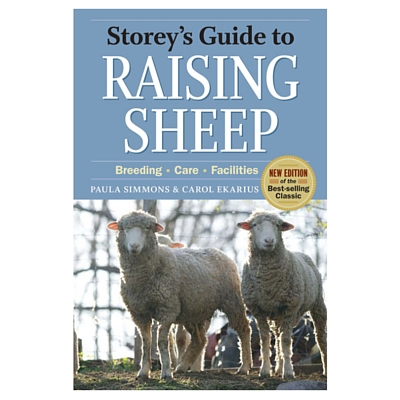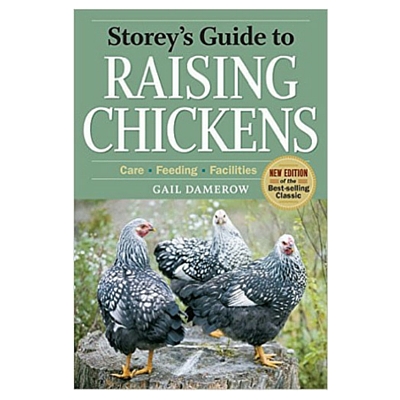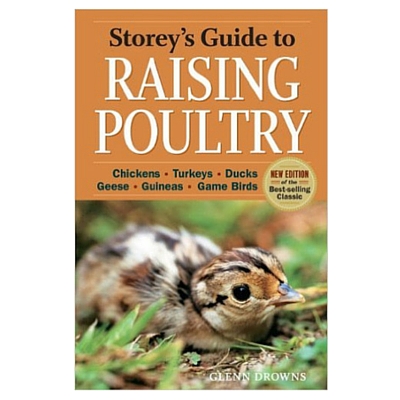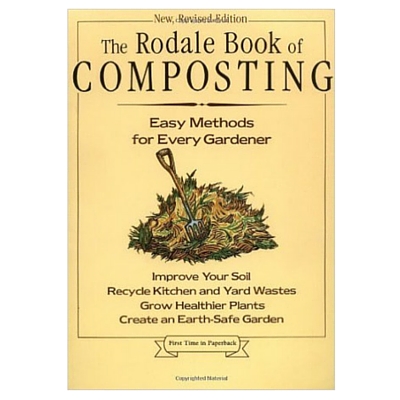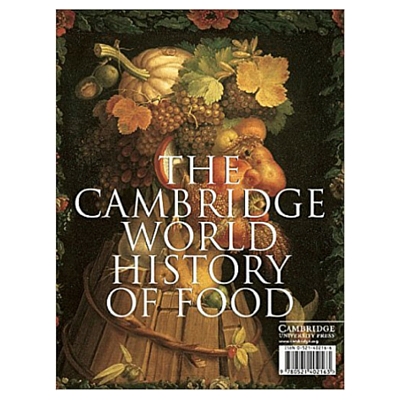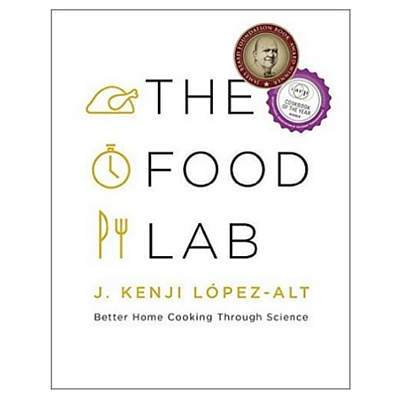Your Money or Your Life: 9 Steps to Transforming Your Relationship with Money and Achieving Financial Independence
“The seminal guide to the new morality of personal money management” (Los Angeles Times(on the first edition)) In an age of great economic uncertainty when everyone is concerned about money and how they spend what they have, this new edition of the bestselling Your Money or Your Life is an essential read. With updated resources, […]
